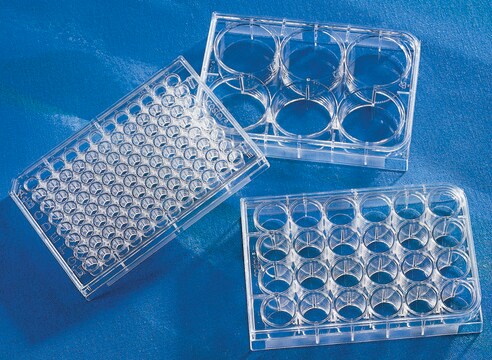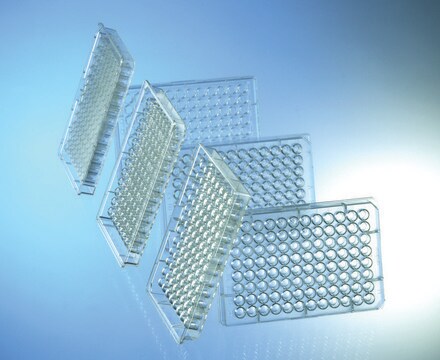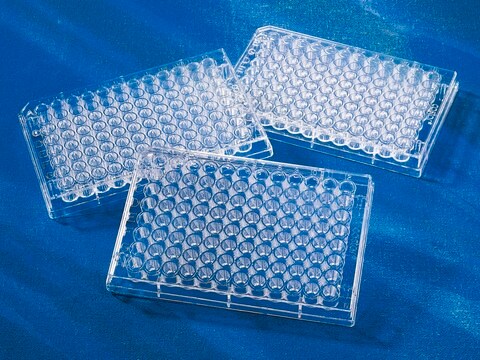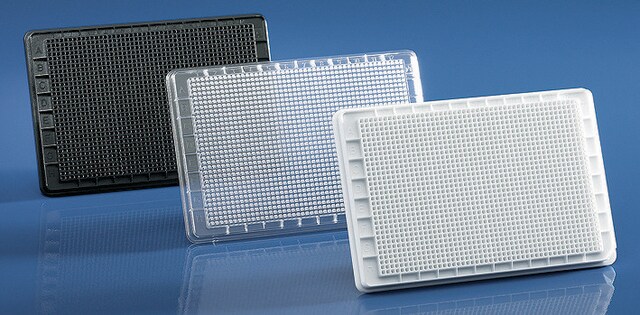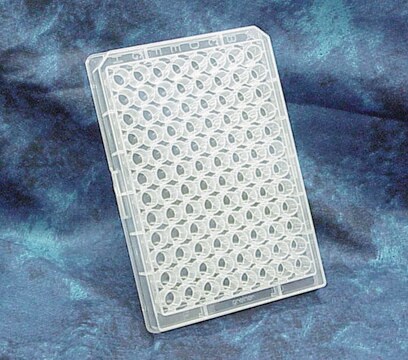CLS3894
Corning® 96 Well TC-Treated Microplates
size 96 wells, clear, polystyrene, V-bottom, case of 50 (individually wrapped), sterile, lid
Synonym(s):
96 well, cell culture plate, multiple well plates, multiwell plates, not treated, tissue culture plates
About This Item
clear
clear bottom
polystyrene
sterile
skirt
Recommended Products
material
V-bottom
clear
clear bottom
polystyrene
description
V-Bottom, Individually Wrapped, with Lid, Sterile
growth area .38 cm2
sterility
sterile; γ-irradiated by SER-TAIN™ process
sterile
feature
lid
skirt
packaging
case of 50 (individually wrapped)
manufacturer/tradename
Corning 3894
size
96 wells
well diam.
6.4 mm
well volume
380 μL
well working volume
75-200 μL
color
clear
binding type
Tissue Culture (TC)-treated surface
Looking for similar products? Visit Product Comparison Guide
General description
Legal Information
Choose from one of the most recent versions:
Certificates of Analysis (COA)
Don't see the Right Version?
If you require a particular version, you can look up a specific certificate by the Lot or Batch number.
Already Own This Product?
Find documentation for the products that you have recently purchased in the Document Library.
Customers Also Viewed
Our team of scientists has experience in all areas of research including Life Science, Material Science, Chemical Synthesis, Chromatography, Analytical and many others.
Contact Technical Service